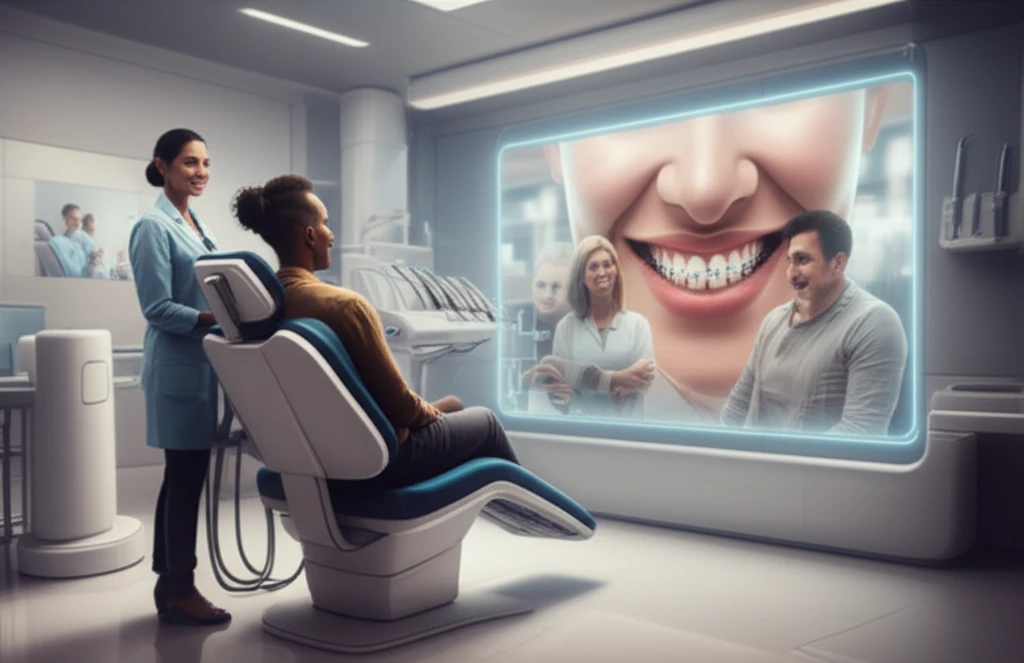
Smile Makeover Magic: How Digital Photography is Changing Orthodontics
"Discover how digital photography is revolutionizing orthodontic practices, enhancing treatment planning, and improving patient outcomes. A must-read for professionals aiming to stay ahead."
In today's fast-paced world, where digital technology reigns supreme, orthodontics has embraced the power of digital photography to revolutionize traditional practices. From capturing detailed images to enhancing treatment plans, digital photography has become an indispensable tool for modern orthodontists.
For over a century and a half, photography relied on silver halide film, but the advent of digital photography has ushered in a new era of possibilities. Combining the strengths of information technology and traditional photography, digital imaging offers orthodontists a wealth of benefits, from improved diagnostics to enhanced patient communication.
This article explores the exciting realm of digital photography in orthodontics, highlighting its advantages, discussing different types of cameras, and providing guidance on selecting the right equipment. Discover how this innovative technology can transform your orthodontic practice and elevate patient care.
Why Digital Photography is a Game-Changer for Orthodontists

Digital photography offers several compelling advantages for orthodontic practices:
- No Waiting for Film Development: Unlike traditional film photography, digital images are available instantly, eliminating the need for time-consuming film processing. This allows for immediate assessment and decision-making.
- Enhanced Efficiency: Digital photography streamlines workflows, enabling orthodontists to quickly capture, store, and share images with patients, colleagues, and labs. This improves communication and collaboration, leading to better patient outcomes.
- Cost-Effectiveness: By eliminating the need for film and processing, digital photography significantly reduces operating costs. Digital images can be stored and accessed electronically, saving valuable storage space.
- Improved Image Quality: Digital cameras offer exceptional image quality, capturing fine details and subtle nuances that may be missed with traditional film. This allows for more accurate diagnoses and treatment planning.
- Easy Sharing and Collaboration: Digital images can be easily shared with patients, colleagues, and labs via email, cloud storage, or web portals. This facilitates collaboration and ensures that everyone is on the same page.
Elevate Your Orthodontic Practice with Digital Photography
Digital photography has revolutionized orthodontics, offering numerous benefits that enhance treatment planning, improve patient communication, and streamline workflows. By embracing this innovative technology, orthodontists can elevate their practices and deliver exceptional patient care.
As digital photography continues to evolve, orthodontists must stay informed about the latest advancements and best practices. By investing in the right equipment and mastering the techniques of digital imaging, you can unlock the full potential of this transformative technology.
In conclusion, digital photography is an indispensable tool for modern orthodontic practices. Its numerous advantages make it a valuable asset for improving diagnosis, treatment planning, and patient care. Embrace the digital revolution and transform your orthodontic practice today.
